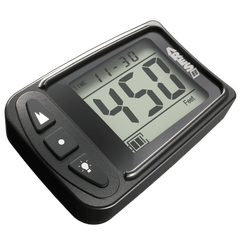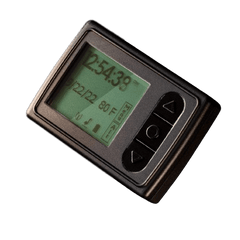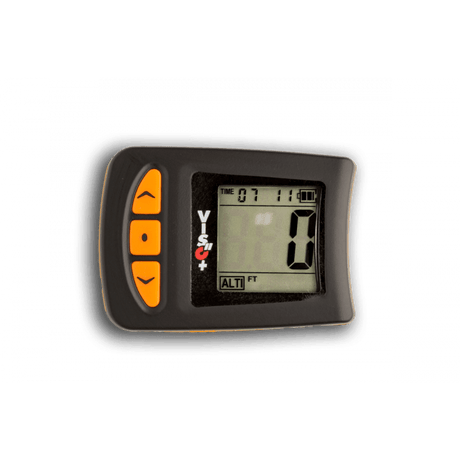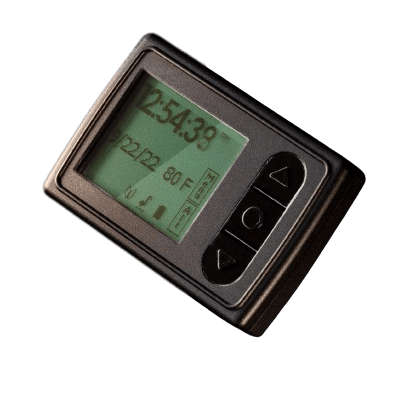Alright, skydivers, gather 'round! You've decided to take the plunge (literally) and are now on the hunt for the perfect skydiving altimeter. But with so many options out there, how do you choose? Fear not, for we've got the ultimate guide to help you make an informed decision.
Choosing the Right Skydiving Altimeter
First things first, let's get something straight. If you're looking to impress your fellow skydivers, you can't just pick any old altimeter off the shelf. You need something that screams, "I know what I'm doing, and I look good doing it!" So, what should you consider?
Digital Altimeters: The Future of Skydiving
Digital altimeters are like the smartphones of the skydiving world. Sleek, smart, and oh-so-sophisticated. Let's dive into some of the top contenders:
1. L&B ARES:
This bad boy isn't just an altimeter; it's a statement. Made of aircraft-grade aluminum, it's as durable as they come. With a crystal clear digital display and an electronic logbook, it's perfect for those who like to keep track of their daredevil antics.
2. ALTI-2 Atlas II:
If James Bond were a skydiver, this would be his altimeter of choice. With its sleek design, user-friendly interface, and an added audible feature for canopy guidance, it's perfect for the skydiver who likes a bit of luxury in their life.
3. ALTI-2 Juno:
For the minimalist skydiver, the Juno is compact, lightweight, and while it might not have the logbook and audible features of its bigger sibling, the Atlas II, it's still a solid choice for those who like to keep things simple. It does have quite a nice display, but the price compared to L&B Viso II is still high.
4. L&B Viso II:
The classic choice for skydivers worldwide. Reliable, durable, and with a range of mounting options, it's the Swiss Army knife of altimeters. Although the display is quite small, but it is the cheapest option.
Comparison
Alright, let's break it down:
- Readability: The L&B ARES and ALTI-2 Atlas II and Juno are top contenders here. Unfortunately, the Viso II lags a bit in this department.
- Features: The Atlas II shines with its audible feature, especially for canopy guidance. ARES and Viso II are logbook feature-packed, while Juno, being a stripped version of Atlas II, has the least features.
- Durability: The ARES, made of aircraft-grade aluminum, is the clear winner here. Talk about being tough!
- Battery Life: The Viso II and ARES use changeable batteries, lasting a commendable 6-12 months. On the other hand, Juno and Atlas II require monthly recharges.
- Ease of Use: The Atlas II is the undisputed champion here, making it a favorite for many.
- Price: While the Viso II might be easy on the wallet, the ARES truly offers the best value for money.
Conclusion
So, there you have it, folks. The ultimate guide to buying a skydiving altimeter. Whether you're a newbie looking to make a splash or a seasoned pro wanting to upgrade, there's something here for everyone. In the end, all of them will do the work- showing the altitude. And remember, it's not just about the jump; it's about looking good while doing it! Safe flying and happy shopping!



























































